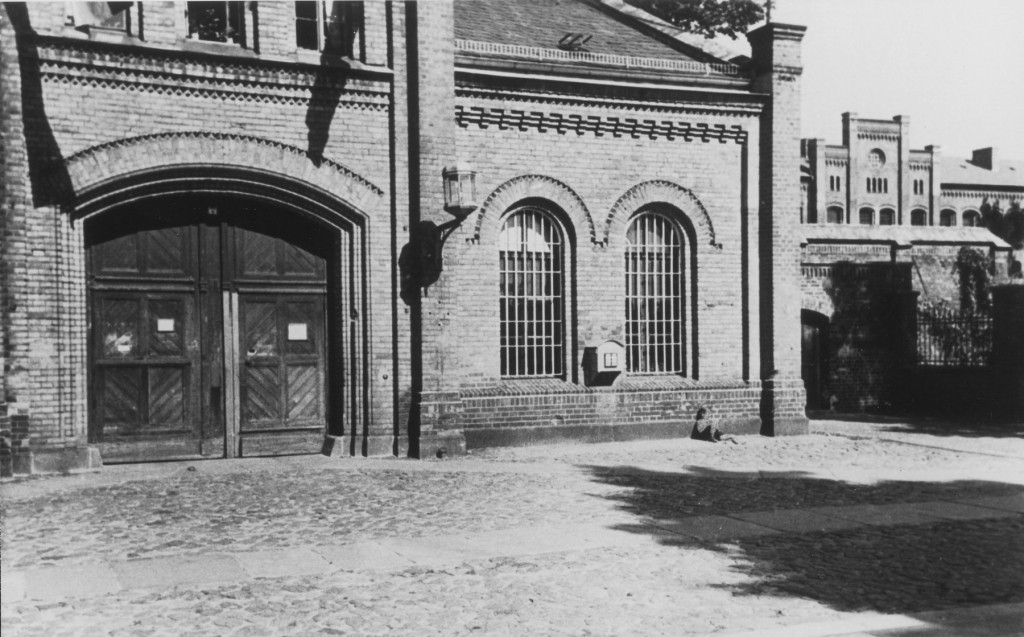
Resistance inside Germany
Despite the high risk of being caught by police with the help of their many informers, some individuals and groups attempted to resist Nazism even in Germany. Socialists, Communists, trade unionists, and others clandestinely wrote, printed, and distributed anti-Nazi literature. Many of these rebels were arrested and imprisoned in concentration camps.
There were many plots to assassinate Hitler during the war. After the important Soviet victory at Stalingrad in early 1943, when it looked as though the tide was turning against the German army, a serious assassination attempt was planned by a group of German military officers and carried out in 1944. Hitler escaped the bomb blast with minor injuries. The four leaders of the conspiracy were immediately shot. Later, 200 other individuals convicted of involvement in the plot were executed.
Of the Germans who opposed Hitler's dictatorship, very few groups openly protested the Nazi genocide against Jews. The "White Rose" movement was founded in June 1942 by Hans Scholl, a 24-year-old medical student at the University of Munich, his 22-year-old sister Sophie, and 24-year-old Christoph Probst. Although the exact origin of the name "White Rose" is unknown, it clearly stands for purity and innocence in the face of evil. Hans, Sophie, and Christoph were outraged that educated Germans went along with Nazi policies. They distributed anti-Nazi leaflets and painted slogans like "Freedom!" and "Down With Hitler!" on walls of the university. In February 1943, Hans and Sophie Scholl were caught distributing leaflets and arrested. Together with their friend Christoph, they were executed four days later. Hans's last words were "Long live freedom!"


